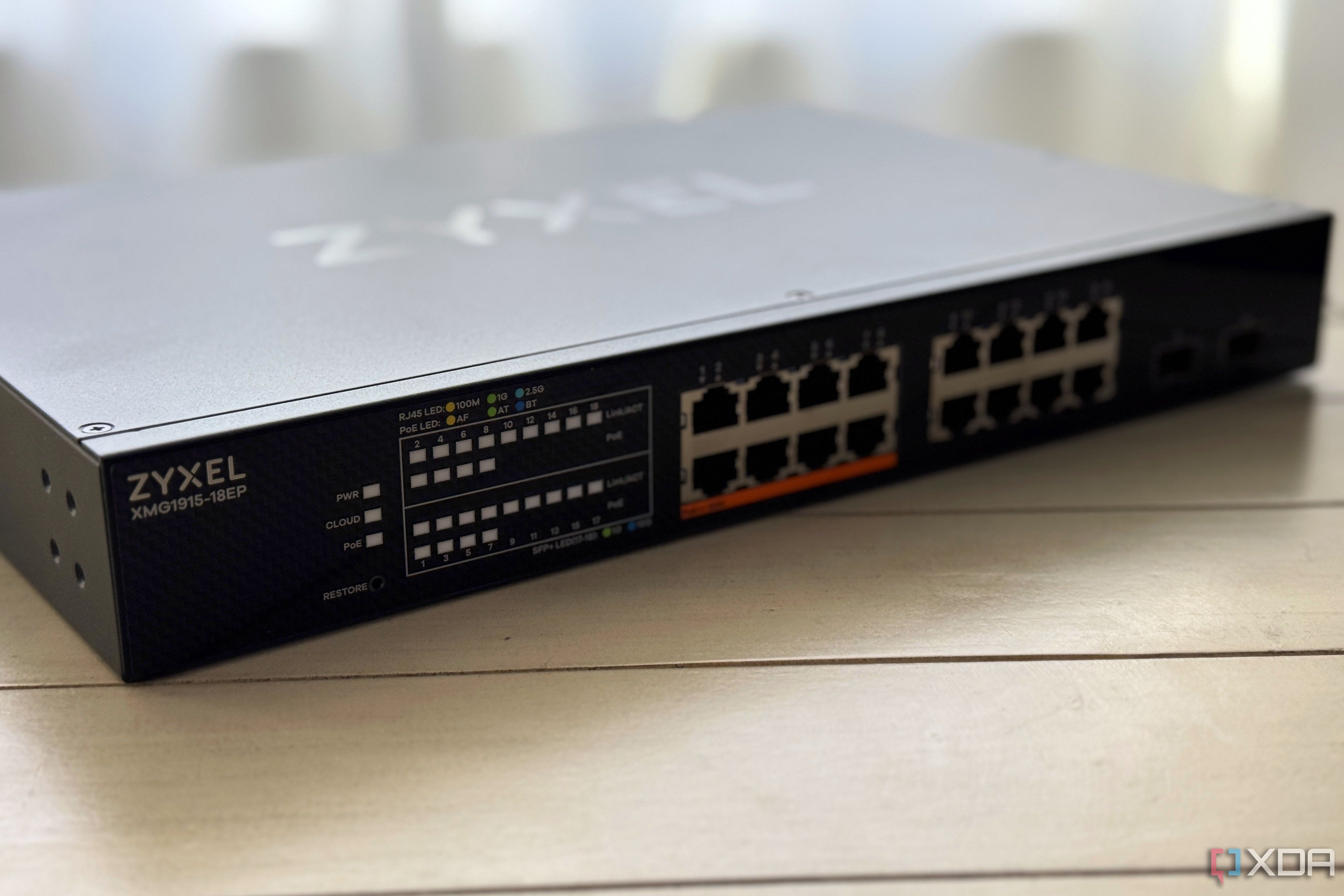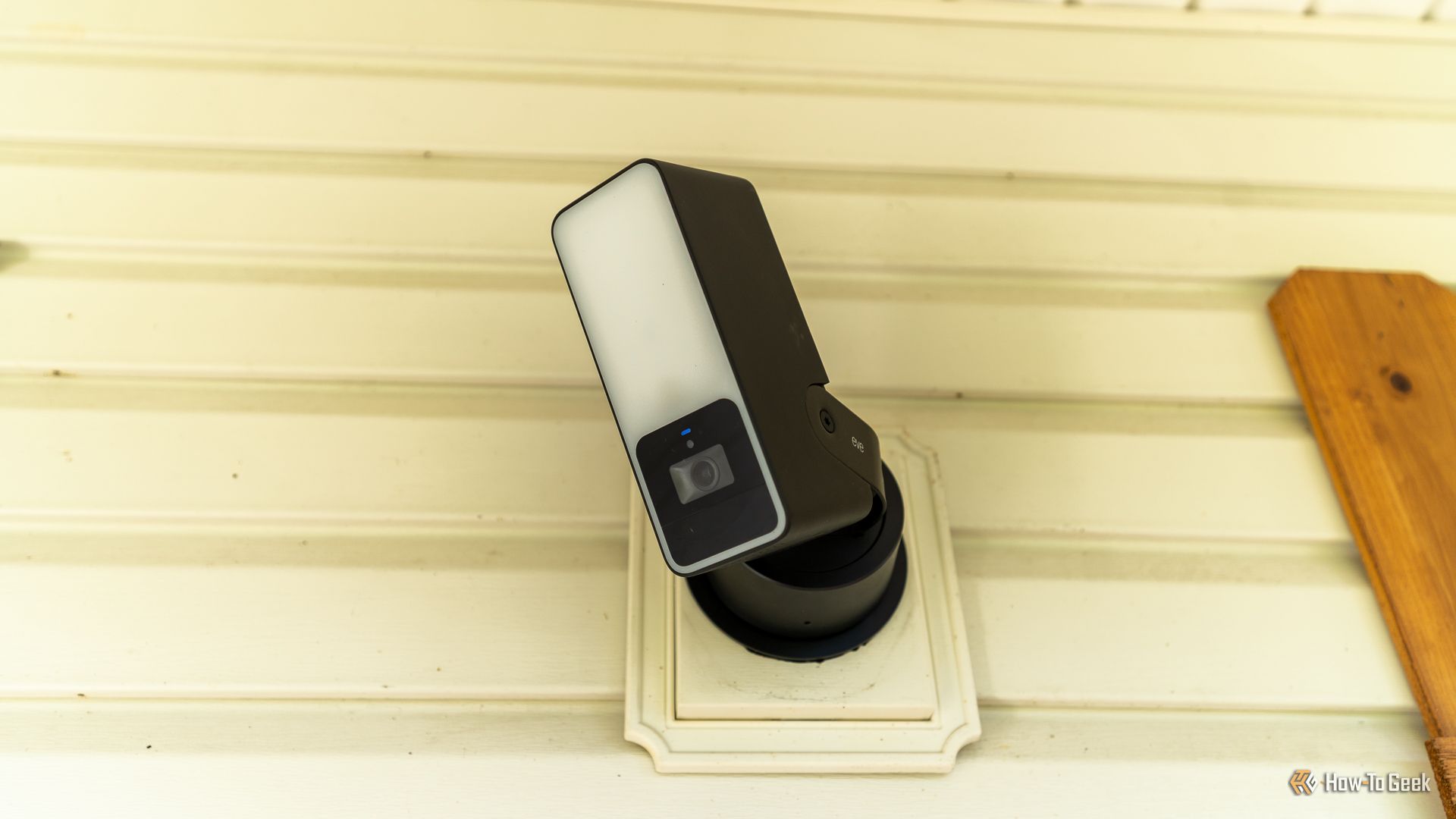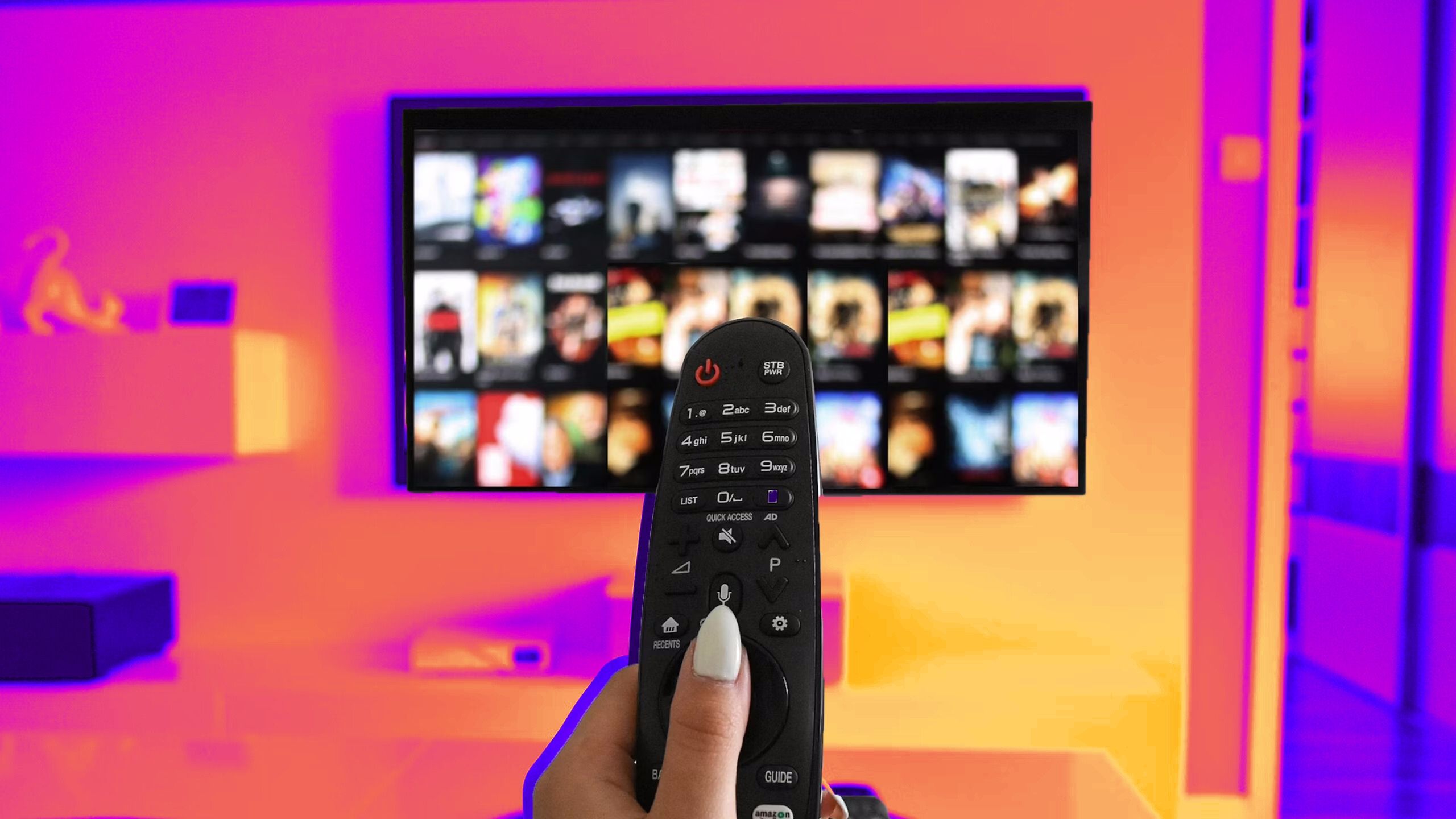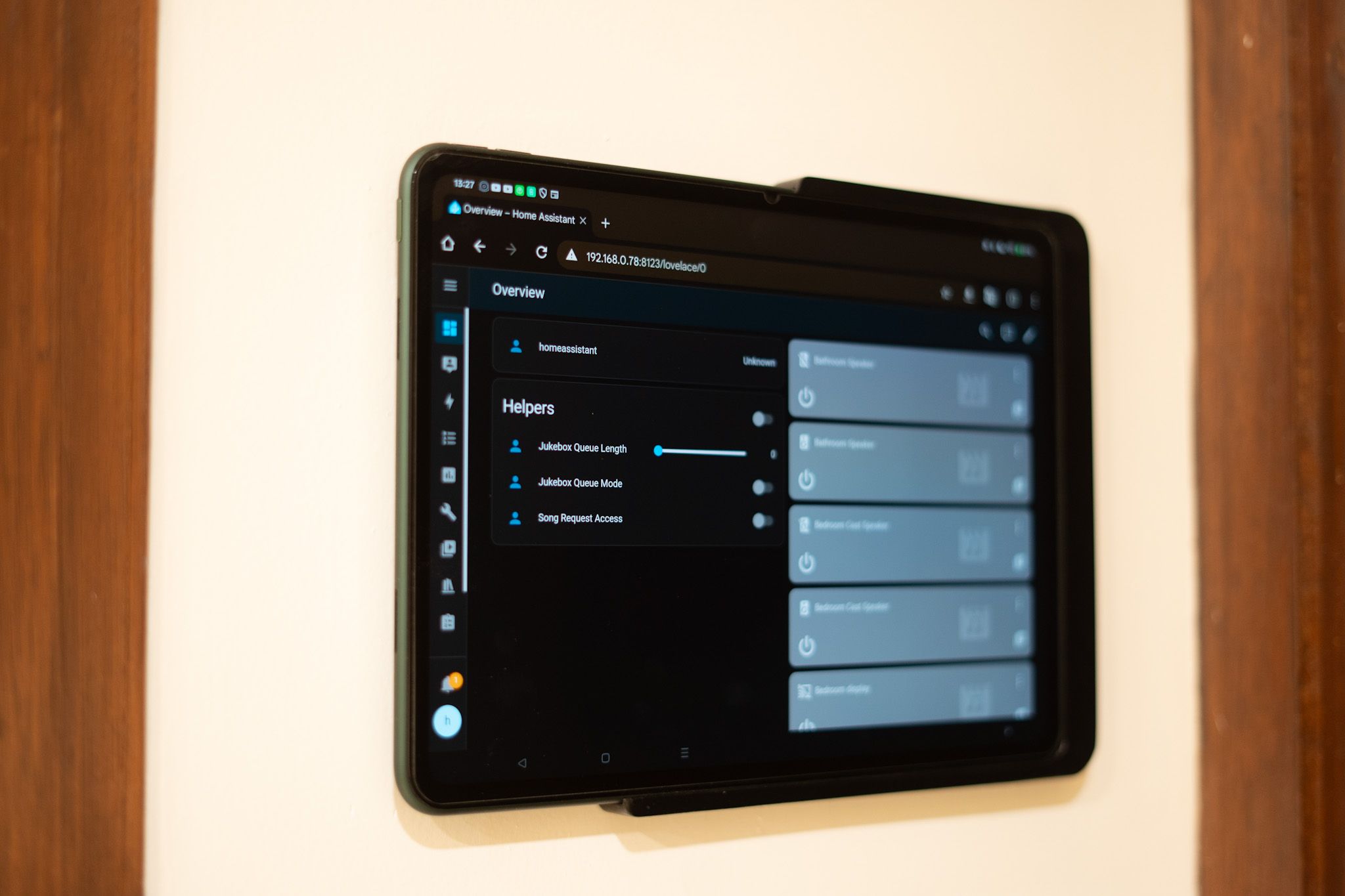smart home privacy protection guide
Smart Home Privacy Protection Guide: Expert Strategies for 2025
Explore the latest privacy risks, technical safeguards, and real-world best practices to secure your smart home ecosystem, backed by market data and hands-on expertise.
Market Overview
The global smart home market continues its rapid expansion, with over 400 million households expected to deploy at least one smart device by the end of 2025. This surge is driven by the proliferation of connected devices—ranging from smart speakers and thermostats to security cameras and lighting systems. However, this convenience comes with heightened privacy risks. According to recent industry reports, over 60% of consumers express concerns about data collection and potential breaches in their smart home environments. Regulatory frameworks such as the GDPR and the California Consumer Privacy Act (CCPA) are influencing device manufacturers to prioritize privacy features, but implementation remains inconsistent across brands and regions.
Key trends include the integration of advanced encryption protocols, increased user control over data sharing, and the emergence of privacy-focused device certifications. Despite these advances, the fragmented nature of the smart home ecosystem—where devices from multiple vendors coexist—creates persistent challenges for unified privacy protection.
Technical Analysis
Smart home devices operate on a variety of wireless protocols, including Wi-Fi 6, Zigbee 3.0, and Z-Wave Plus v2, each with distinct security features. Leading devices now support WPA3 encryption for Wi-Fi and AES-128 or higher for device-to-device communication. However, vulnerabilities often arise from default configurations, outdated firmware, and insufficient isolation between devices.
Benchmarks show that devices with end-to-end encryption and granular privacy controls (such as the latest Google Nest Hub and Apple HomePod mini, both updated in Q1 2025) offer superior protection against unauthorized data access. Expert evaluation highlights the importance of disabling unnecessary features—such as voice recording or location tracking—unless essential for core functionality. Regular firmware updates, strong authentication (preferably two-factor), and the use of secure network protocols are critical for maintaining device integrity.
For example, the ecobee Smart Thermostat Premium (firmware v5.2.1) allows users to disable location-based automation, reducing the risk of location data leakage. Similarly, Amazon Echo devices now provide a privacy dashboard for reviewing and deleting voice recordings, aligning with best-in-class privacy standards.
Competitive Landscape
Privacy protection varies significantly across smart home brands. Apple’s HomeKit ecosystem is widely recognized for its privacy-first approach, mandating end-to-end encryption and local device processing where possible. Google and Amazon have made strides in transparency, offering user-accessible privacy dashboards and regular security updates. However, some budget brands lag behind, often lacking robust encryption or clear privacy policies.
Third-party certifications, such as the ioXt Alliance and UL 2900, are emerging as differentiators, signaling adherence to industry security standards. Consumers are advised to prioritize devices from manufacturers with a proven track record in privacy and security, as reflected in independent reviews and compliance with recognized certifications.
Implementation Insights
Real-world deployment of smart home privacy protection requires a layered approach. Experts recommend the following best practices:
- Network Segmentation: Place smart home devices on a dedicated guest network to isolate them from personal computers and sensitive data sources.
- Privacy Settings Audit: Regularly review and adjust device privacy settings, disabling data collection and sharing features that are not essential.
- Firmware Management: Enable automatic updates where possible, or schedule monthly manual checks for firmware and security patches.
- Device Minimization: Only connect devices that are necessary for your lifestyle, and avoid enabling features (e.g., voice assistants, remote access) unless required.
- Manufacturer Vetting: Research device manufacturers for their privacy reputation, update policies, and transparency regarding data handling.
Expert Recommendations
To maximize smart home privacy protection in 2025, experts advise the following actionable steps:
- Prioritize devices with end-to-end encryption and transparent privacy policies.
- Utilize strong, unique passwords and enable two-factor authentication for all device accounts.
- Disable automatic device discovery and restrict device pairing to trusted sources only.
- Regularly delete stored voice recordings and activity logs from device dashboards.
- Stay informed about emerging threats and update device settings in response to new vulnerabilities.
Recent Articles
Sort Options:

2.5GbE home networks should be the norm, not the exception
The article discusses the author's journey in building a smart home with effective networking and cybersecurity solutions. It emphasizes the importance of learning from experiences to avoid common pitfalls in home networking and enhance privacy.

6 Privacy-Respecting Smart Home Brands That Won't Sell You Out
Cloud services provide convenience but raise concerns about data security. The article highlights the risks of losing control over personal information stored on external servers, emphasizing potential access by companies and threats from malicious actors.

I take security seriously and my streaming devices are no different
The article highlights the importance of being aware of one's surroundings at home, suggesting that even in private spaces, individuals may be unknowingly observed. It emphasizes the need for vigilance against potential surveillance in everyday life.

I Bought Smart Home Devices Using These 3 Tips and Made My Home Smarter
Setting up a smart home can be easy with three straightforward steps. The publication offers practical guidance to help readers navigate the process and create a seamless, functional smart living environment. Embrace the future of home automation today!

6 home automation solutions that you can self-host for free
Smarthomes promise convenience, yet users face hidden costs like subscriptions, outages, and privacy issues. While cloud-based services dominate, alternatives exist for managing smart home systems effectively, offering a balance between functionality and security.

How to Improve Your Phone’s Privacy
The article outlines seven essential tips to enhance smartphone privacy, including managing location settings, strengthening passcodes, limiting app permissions, switching to eSIM, disabling open Bluetooth and Wi-Fi, using encrypted messaging apps, and keeping software updated for optimal security.

Do Not Use These Smart Devices At Home, Warn FBI And Google
A recent alert emphasizes the importance of checking devices for potential vulnerabilities. The publication highlights the need for proactive cybersecurity measures to protect personal information and maintain digital safety in an increasingly connected world.